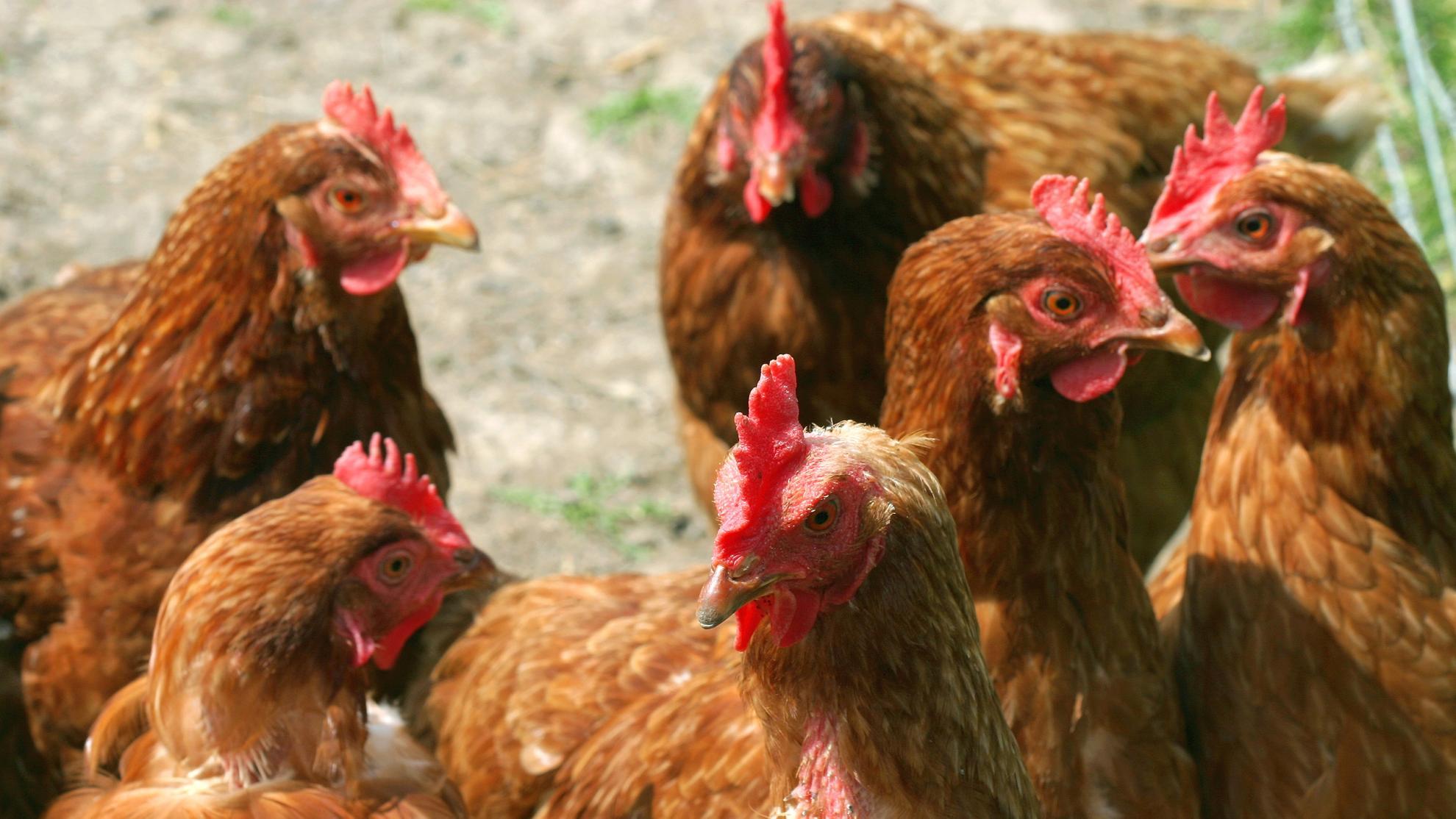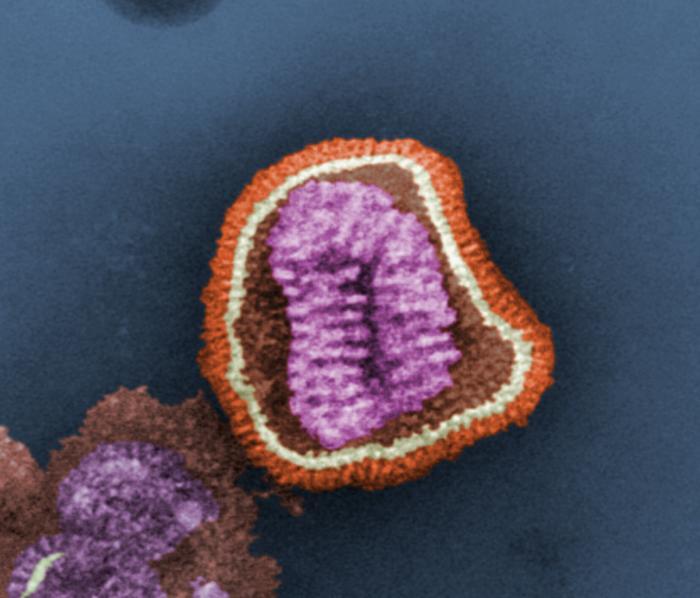Coinfection of chickens with H9N2 and H7N9 avian influenza viruses leads to emergence of reassortant H9N9 virus with increased fitness for poultry and a zoonotic potential
An H7N9 low pathogenicity avian influenza virus (LPAIV) emerged in 2013 through genetic reassortment between H9N2 and other LPAIVs circulating in birds in China. This virus causes inapparent clinical disease in chickens, but zoonotic transmission results in severe and fatal disease in humans. To examine a natural reassortment scenario between H7N9 and G1 lineage H9N2 viruses predominant in the Indian sub-continent, we performed an experimental co-infection of chickens with A/Anhui/1/2013/H7N9 (Anhui/13) virus and A/Chicken/Pakistan/UDL-01/2008/H9N2 (UDL/08) virus. Plaque purification and genotyping of the reassortant viruses shed via oropharynx of contact chickens showed H9N2 and H9N9 as predominant subtypes. The reassortant viruses shed by contact chickens also showed selective enrichment of polymerase genes from H9N2 virus. The viable '6+2' reassortant H9N9 (having NP, NA from H7N9 and remaining genes from H9N2) was successfully shed from the oropharynx of contact chickens, plus it showed an increased replication rate in human A549 cells and a significantly higher receptor binding to α2,6 and α2,3 sialoglycans compared to H9N2. The reassortant H9N9 virus also had a lower fusion pH, replicated in directly infected ferrets at similar levels compared to H7N9 and transmitted via direct contact. Ferrets exposed to H9N9 via aerosol contact were also found to be seropositive, compared to H7N9 aerosol contact ferrets. To the best of our knowledge, this is the first study demonstrating that co-circulation of H7N9 and G1 lineage H9N2 viruses could represent a threat for the generation of novel reassortant H9N9 viruses with greater virulence in poultry and a zoonotic potential. Importance We evaluated the consequences of reassortment between the H7N9 and the contemporary H9N2 viruses of G1 lineage that are enzootic in poultry across the Indian sub-continent and the Middle East. Co-infection of chickens with these viruses resulted in emergence of novel reassortant H9N9 viruses with genes derived from both H9N2 and H7N9 viruses. The '6+2' reassortant H9N9 (having NP and NA from H7N9) virus was shed from contact chickens in a significantly higher proportion compared to most of the reassortant viruses, showed significantly increased replication fitness in human A549 cells, receptor binding towards human (α2,6) and avian (α2,3) sialic acid receptor analogues and the potential to transmit via contact among ferrets. This study demonstrated the ability of viruses that already exist in nature to exchange genetic material, highlighting the potential emergence of viruses from these subtypes with zoonotic potential.

